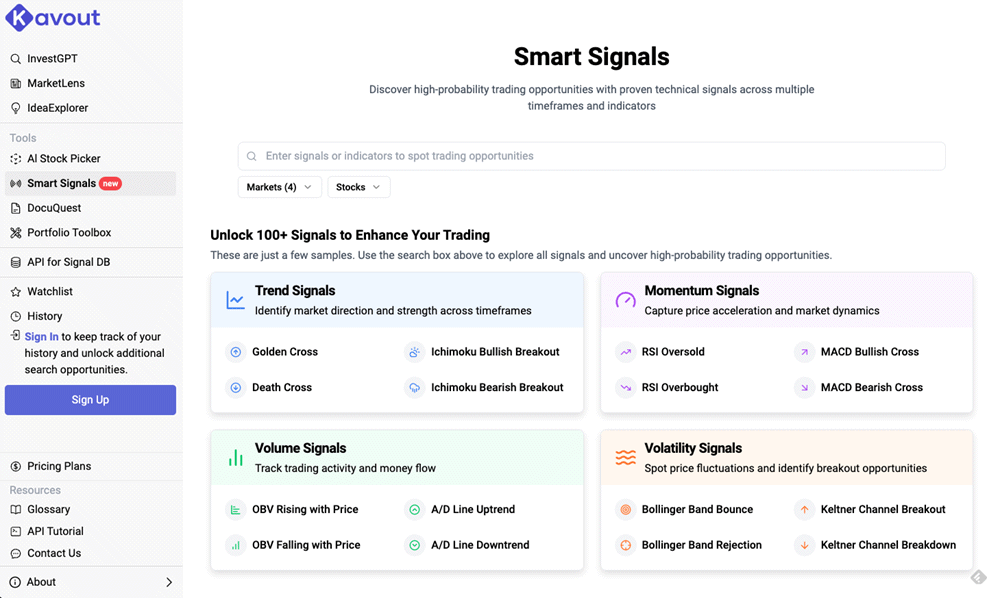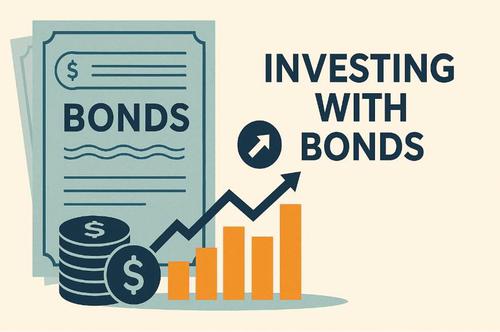MarketLens
Navigating the High Yield Bond Market: Risks, Sectors, and Investment Opportunities
Key Takeaways
- Refinancing Risk: Companies with high yield bonds face significant challenges due to rising interest rates, increasing the likelihood of defaults.
- Economic Sensitivity: High yield bonds are highly correlated with equities and sensitive to economic downturns, leading to potential volatility.
- Sector Vulnerability: Sectors with weaker credit quality and higher leverage, such as energy and retail, are more prone to defaults.
- Top ETFs: The Fidelity High Yield Factor ETF (FDHY) and Vanguard Long-Term Bond ETF (BLV) are notable high-yield bond ETFs to consider in the current market.
Refinancing Risk and Higher Interest Payments
One of the primary risks associated with high yield bonds is refinancing risk. Companies that issued debt at historically low interest rates before 2022 are now facing the challenge of refinancing at much higher rates. This can strain their financial stability and increase the likelihood of defaults. As interest rates have risen since 2022, new high yield bonds are being issued at significantly higher coupon rates. For instance, the average coupon rates for new issues in 2023 were 7.55% for European High Yield and 8.55% for USD High Yield. These higher interest payments can outweigh any gains from stronger earnings, leading to increased default risks.
Credit Quality Concerns
Credit quality is another critical factor in the high yield bond market. The Invesco Bond Income Plus portfolio, for example, has decreased its exposure to bonds rated B and below, indicating a cautious approach towards lower credit quality bonds. This portfolio’s exposure to lower quality bonds is at a historical low due to the associated risks. High yield bonds are more correlated with equities compared to investment-grade bonds, making them sensitive to changes in market conditions and economic growth. This correlation can lead to significant fluctuations in net asset value (NAV) and potential capital loss.
Market Sensitivity and Volatility
High yield bonds are subject to large fluctuations in NAV due to their lower credit quality. This volatility can result in significant capital loss for investors. Additionally, the use of derivatives and borrowings in high yield bond portfolios can increase volatility and the potential for investment loss. The current economic climate, characterized by fluctuating U.S. Treasury yields and elevated inflation, adds to the uncertainty. For instance, the 10-year U.S. Treasury yield peaked at 4.70% in April 2024 and retreated to around 4.20% by July, impacting bond values as bond prices move inversely to interest rates.
Impact of Cost of Capital on Default Rates
The cost of capital plays a significant role in the default rates of high yield bonds, particularly for lower-quality issuers. Since 2022, the bottom 20% of borrowers by credit quality managed to refinance only 15% of their debt, compared to 30-35% for higher quality borrowers. This disparity suggests that as the cost of capital rises, weaker companies struggle more to manage their debt, increasing the likelihood of defaults. As of 2Q 2024, the U.S. high yield bond market had a trailing twelve-month default rate of 1.2%, while European high yield bonds had a default rate of 1.4%. Despite higher costs of capital, the underlying credit quality has not deteriorated significantly, helping to maintain lower default rates.
Vulnerable Sectors in High Yield Portfolios
Certain sectors are more vulnerable to defaults in a high yield portfolio. Sectors with weaker credit quality and higher leverage, such as energy and retail, are particularly at risk. These sectors often have riskier business strategies and more leveraged balance sheets, making them more susceptible to economic downturns. When the cost of capital rises, it can exacerbate these vulnerabilities, potentially leading to higher default rates during adverse market conditions. Additionally, elevated inflation and high labor costs could impair issuers’ fundamentals, further increasing default risk.
Top High Yield Bond ETFs to Invest
In the current market, several high yield bond ETFs stand out as attractive investment options:
- Fidelity High Yield Factor ETF (FDHY): This ETF aims to invest at least 80% of its net assets in below-investment-grade bonds, commonly referred to as junk bonds. With a one-month performance of 1.8%, an expense ratio of 0.45%, and an annual dividend yield of 6.5%, FDHY has performed well recently due to the increasing likelihood of interest rate cuts this year.
- Vanguard Long-Term Bond ETF (BLV): Focusing on long-term investment-grade U.S. bonds, BLV owns 3,091 bonds with a yield to maturity of 5.2% and a low annual expense ratio of 0.04%. Although it hasn’t performed well in recent years, the potential for upcoming interest rate cuts could positively impact its performance.
Conclusion
The high yield bond market offers attractive income opportunities but comes with significant risks, particularly in the current economic climate. Refinancing risk, higher interest payments, credit quality concerns, and market sensitivity are key factors influencing the risk profile of high yield bonds. The cost of capital significantly impacts default rates, especially for lower-quality issuers. Sectors with weaker credit quality and higher leverage, such as energy and retail, are more vulnerable to defaults. Investors looking to navigate this market should consider top high yield bond ETFs like the Fidelity High Yield Factor ETF (FDHY) and Vanguard Long-Term Bond ETF (BLV) for their portfolios. As always, careful credit assessment and active management are essential to mitigate risks and capitalize on opportunities in the high yield bond market.
Related Articles
Category
You may also like
No related articles available
Breaking News
View All →No topics available at the moment






